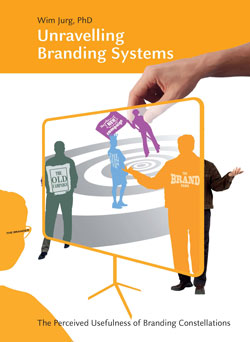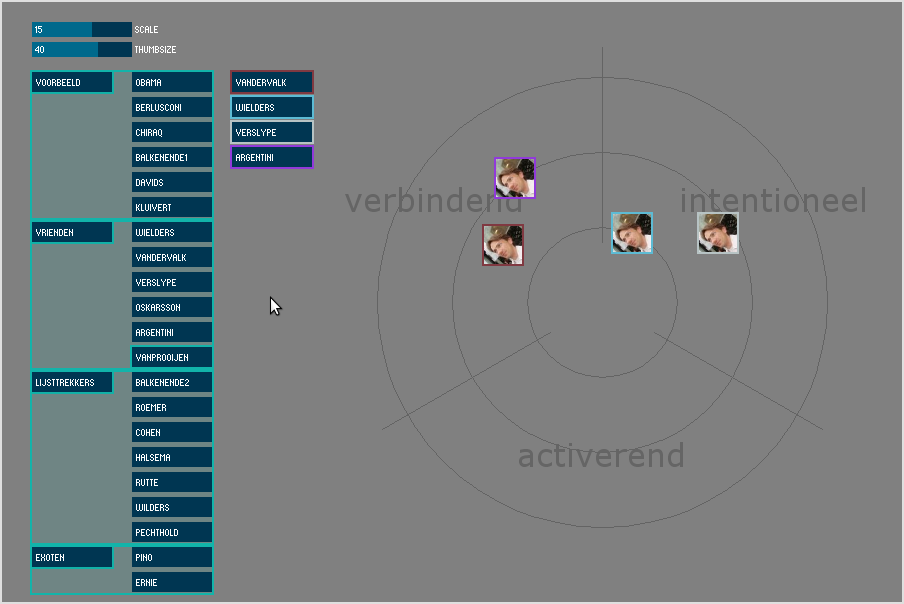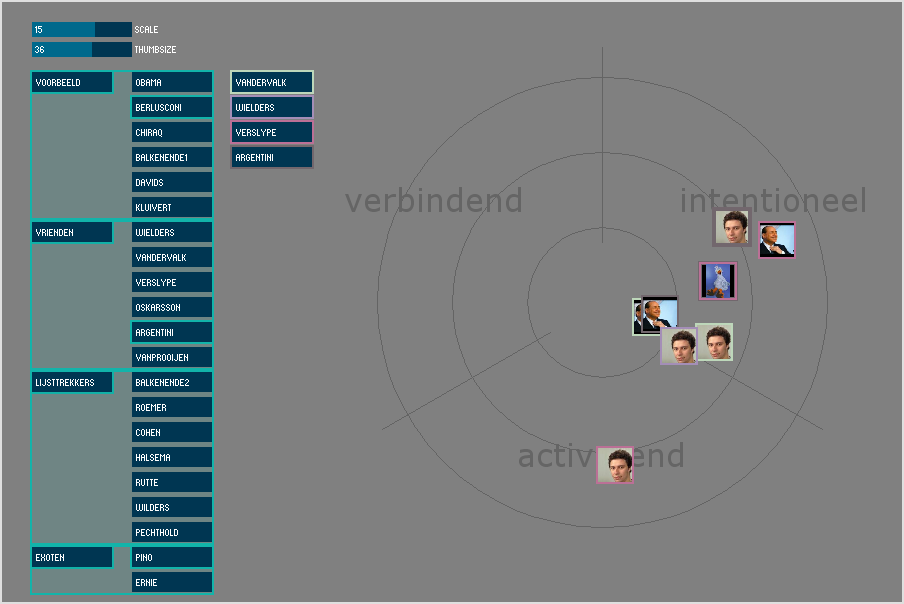Lecture Notes in Computer Science, 2009, Volume 5621/2009, 91-100, DOI: 10.1007/978-3-642-02774-1_10 (link to article)
THE ARTICLE
abstract
[.] About the need for effective data visualization which minimizes information overload and introduces misinterpretation by simplified visualization based on aggregations.
A visualization approach was developed… for all {5} of the classes of models based on frames of reference for time and physical location within the environment.
POINTS OF INTEREST
[!] 1.2 – 5 Classes of population models. This paragraph describes classes that study the believes of groups and how their beliefs change as a result of events
| System Dynamics Models | coarse grain data, large time scales, validity of model parameters estimation is difficult, heavy footprint to deploy, explicit causal mechanisms, inherent representation of time | Historical Dynamics: Why states rise and fall (2003) |
| Social Network Models | lack of causality mechanisms, does not aggregate to larger social units, limited predictive ability, rich and detailed representation of population entities, sensitive to differences in populations | Models and methods in social network analysis: Structural analysis in social sciences (2005) |
| State Transition Models | behaviours described statistically, lack of explicit representation and reasoning about population’s reactions, inherent representation of time, potential for prediction of long term effects | Handbook of systems engineering (1999) |
| Group Ideology Models | uses everyday perceptions in terms of large mount of unstructured data, has inherent mechanisms for representing causality, representation of differences in populations, needs continous updating and maintenance | Politics: Automated Ideological reasoning (1978) |
| Group Dynamics Models | richest representation of causal data with same challenges as GI-model, best for short term predictions, group intention understanding possible, and future states of a population can be predicted | The Blackwell handbook of social psychology: Group processes (1999) |
[!] 3.2 – Information requirements …
This paragraph states that Group Ideollogy Models are best for usa as inherent mechanisms for visualizing causality. I quote: “…driven on every day perception as opposed to survey data. Each group has their beliefs which may be inaccurate, incomplete and inconsistent. The model directly represents the qualities of a belief and uses those qualities in infer relations to other beliefs, an thus derive corresponding interventions. This makes the model a good candidate for projecting short term population reactions and beliefs.”
I see the value of the suggestion to use this model in combination with the social network model (which lacks an explicit mechanism to show causality).
The Ideology model and Group Dynamics Model are said to be quite similar, however “the knowledge within the Group Dynamics Model is focussed on group dynamics rather than ideology. … It studies information exchanges between the groups involved and identifies optimal strategies for influencing their behaviors” With reference to ‘A balanced approach for LLOs {Logical Lines of Operations} using group dynamics for COIN {COunterINsurgency, military} efficacy’ (2009).
COMMENTS
[-] I would argue against the suggested “predictive potential” of models on behavior. We are not dealing with waterheights in a river. We’re talking about ‘black swanish‘ human group behavior.
[-] This article does not really describe interaction between groups. It describes one way analysis and Courses Of Action based on that analysis.
[!] However I do see value in the proposed usage of visualizations. I.e. maps, because this places (and keeps) information within it’s context (over time). This reminds me at the oration of van Marrewijk (2009). First he quotes Kreiner (1995): “Traditional functional and instrumental approaches decontextualize complexe projects…”. Second he adds up Hodgson & Cicmil (2006): “…but don’t offer understanding of the complexity and cultural dynamics”. He continues that: “project organisations are after all not situatied in a stable … context in which project related goals and activities are clear and workprocesses can be predicted”. In my earlier post ‘Serendipity and negotiation‘ a simliar bottleneck in a political bureaucratic context is discussed.
Taking my personal experiences into account – concerining the development innovation dashboards and implementation of shared portfolio’s – this threat of ‘decontextualization’ in is apparent in a multidisciplinar complex context.



